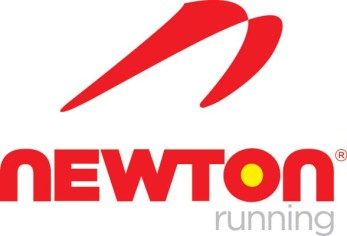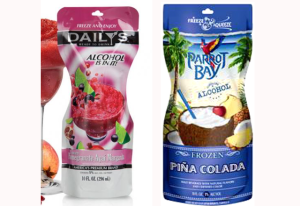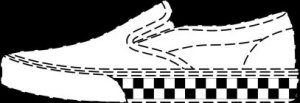Dearest Readers,
Dan Corbett set an impressive standard for this site. When you ask this young man who his favorite bloggers are in the field, he delivers a spreadsheet. Ask him, “what is a blog?” and he patiently indulges your willful technophobia. It seems he grew up without a speed-limit on the information highway. I was young in a simpler time, when kids were not allowed to touch the computer. That said, I hope to stay relevant and keep everyone coming back for more.
My first recollection of trademarks involved customer confusion and a cola company trying to protect its brand. You may already know this story, but when I was a kid growing up in Kansas, one could walk into a restaurant, order a Coke®, and get any number of cola brands in his cup. For many good reasons, the cola companies required servers to disclose what brands, in fact, were served if a customer asked for a cola by brand-name.
Imagine a cola company’s point of view; surely they want to protect their brand’s reputation for taste, to leverage their advertising and sales efforts, and to prevent a phenomenon known as “genericide.” Genericide will get its own blog-post one day, but in short: it is the death of a trademark due to the fact that it is now a generic term and no longer indicates the source of a product or service.
My first formal education in the law of trademarks was in 1991. Freshman-year, studying journalism and creative writing at IU in Bloomington, I learned that brand-names were off-limits for print. The concept that some words were off-limits grabbed me as a challenge. I grew enthused with the idea that I would write a novel chocked-full of as many brand-names as I could imagine. Let’s face it, a character wearing sunglasses, using a cotton swab to remove the red chili pepper sauce from his right nostril, begs the question: What brands does this guy buy?
Fear not, I’ve grown to appreciate the rules of capitalism since then. Fourteen-years of legal practice have set me straight. I aim to continue to do the following, but not limited to:
- Contribute reliable information,
- Stay relevant,
- Entertain readers about the wily adventures of trademarks,
- Humbly accept underwriting in any form, including brand-placement (we’ll talk terms later),
- Listen and respond to reader-inquiries as efficiently as humanly possible.
Stay tuned, the next blog will explore the certification mark: “Made In USA” and we’ll see what reports come from the holiday marketing campaign this past season?
In the meantime, please enjoy this game for the bored: As an experiment, try to go 2 days without using a brand-name.
Daniel T. Friedson
2013, Jan 6th




